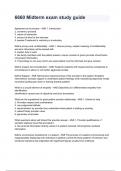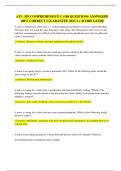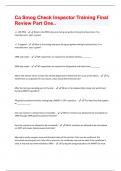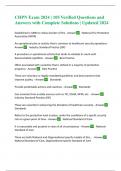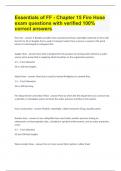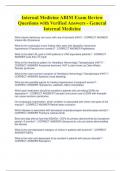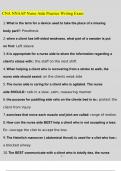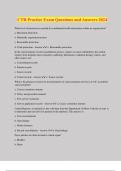Other
NR 224 EXAM 2 STUDY GUIDE / NR224 EXAM 2 STUDY GUIDE: 100% CORRECT,CHAMBERLAIN COLLEGE OF NURSING
- Course
- Institution
NR 224 EXAM 2 STUDY GUIDE / NR224 EXAM 2 STUDY GUIDE: 100% CORRECT,CHAMBERLAIN COLLEGE OF NURSINGNR 224 EXAM 2 STUDY GUIDE / NR224 EXAM 2 STUDY GUIDE: 100% CORRECT,CHAMBERLAIN COLLEGE OF NURSINGNR 224 EXAM 2 STUDY GUIDE / NR224 EXAM 2 STUDY GUIDE: 100% CORRECT,CHAMBERLAIN COLLEGE OF NURSING
[Show more]





